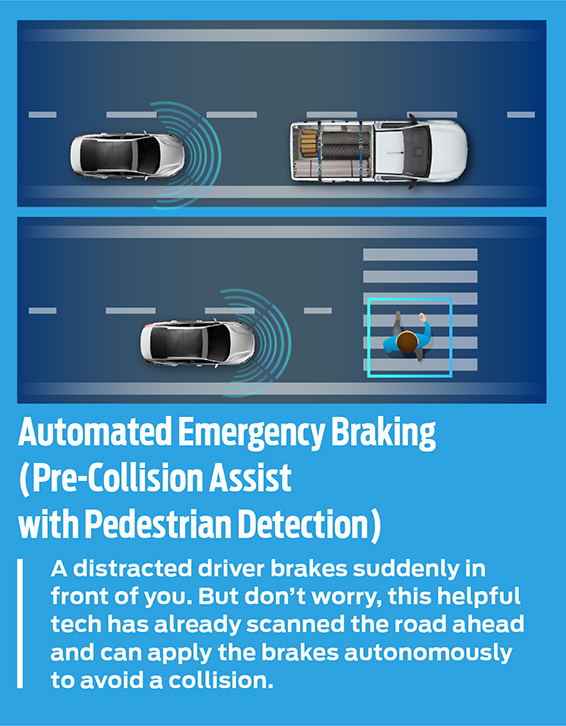Steering Away from Accidents with Ford’s Pre-Collision Assist
Imagine inching along on a congested road, feeling like you need eight pairs of eyes to avoid unpredictable pedestrians, cyclists that silently sneak up and motorbikes that zip in, out and between lanes. This is a scene familiar to many countries in Asia Pacific, where overcrowding is a very real issue. And with so many people and vehicles jostling for space, it’s no wonder accidents occur.
The World Health Organization (WHO) estimates that 260,000 people lose their lives in a traffic accident in China every year. Do the math and that translates to 700 people per day . Pedestrians, cyclists and motorcyclists make up 60 percent of fatalities. These are sobering numbers, which is why it’s so important that more effort is put into protecting vulnerable road users, as well as into helping drivers navigate such trying road conditions.
Ford is doing just that. Their all-new Focus lineup comes equipped with Pre-Collision Assist with Pedestrian Detection (PCA), a technology that aims to reduce the severity of frontal collisions, and help the driver avoid them. Applicable for use across a range of speeds, PCA scans roads and pavements ahead for vehicles and people. When it detects a possible collision scenario, it sends a warning to the driver. If the driver does not react, it escalates its responses from pre-charging braking, to limited braking, to finally full auto braking. Drivers can easily intervene and override the system by using steering, braking or throttle inputs.
Data has shown that simply slowing down a vehicle before impact is enough to drastically change the outcome of an accident. According to WHO, pedestrians have almost no chance of survival if struck by a car traveling at 80km/h, but if it slows down to 45km/h, the pedestrian’s chance increases to 50 percent. This jumps to 90 percent if collision occurs when the vehicle successfully decelerates to 30km/h.



